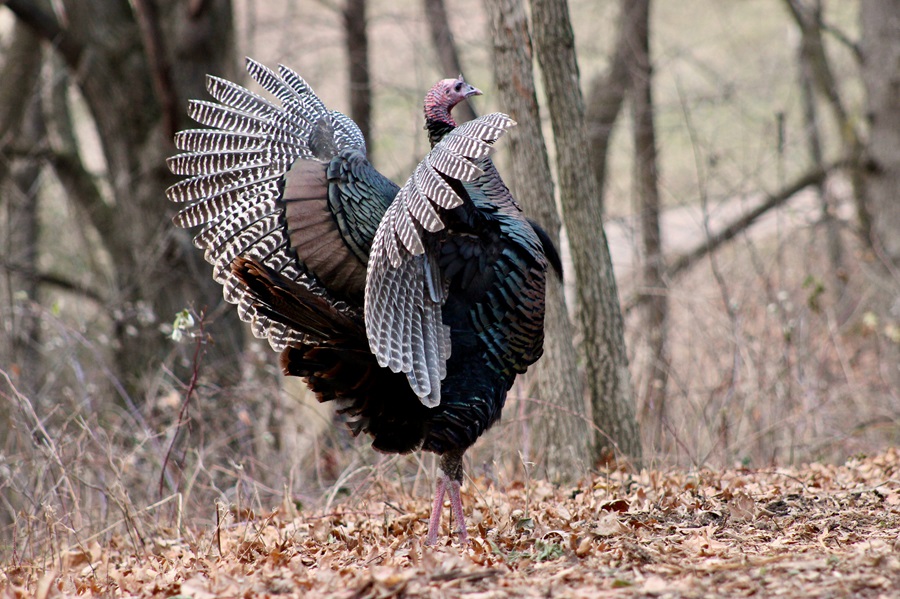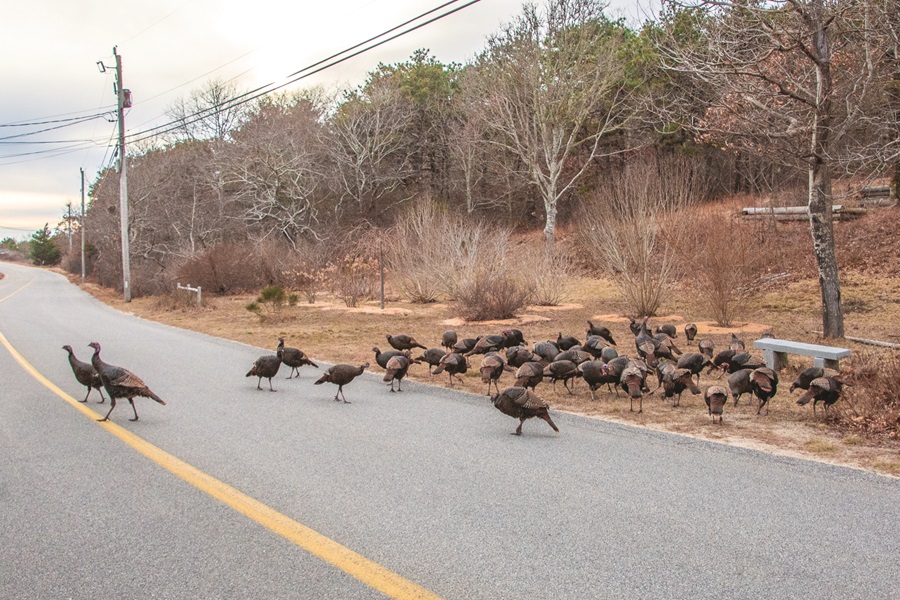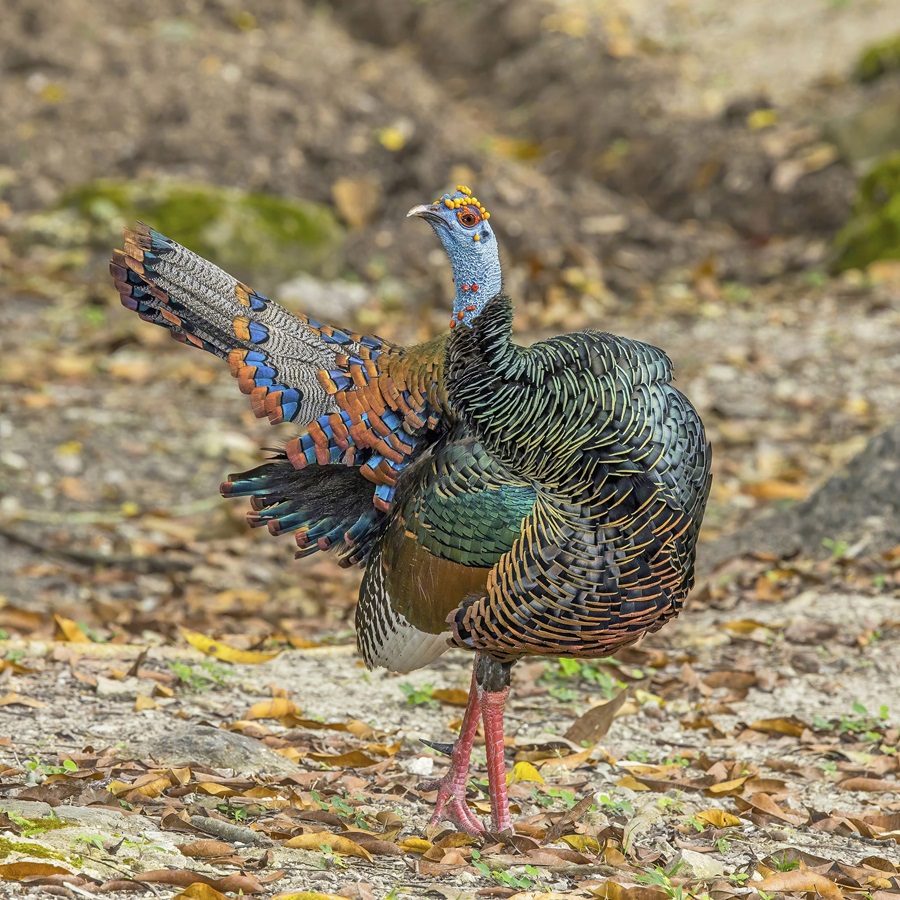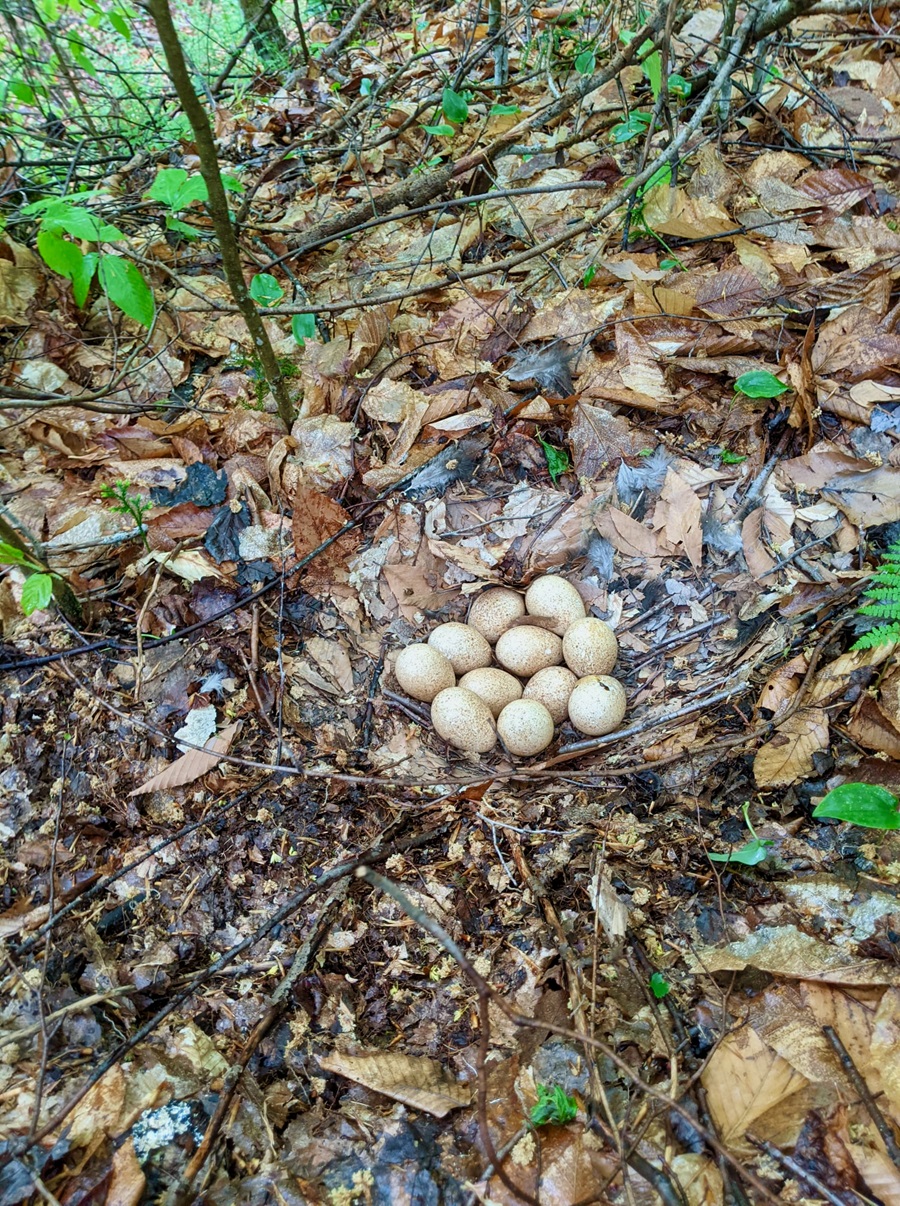The frantic sprint of the large-but-lithe bird got my youngest daughter’s attention first: “Turkey! Turkey! I see a turkey!”
My eldest scanned the road in front of us. “Where? I don’t see it.”
“I’ll bet it’s a female,” I said. “Right there, Maeve, running on the road ahead, off to the right, see?”
“Oh,” she said, settling back into her seat. “How do you know it’s a female, Dad?”
The truth is I wasn’t confident about that bet. Despite my passion for birdwatching, the birth of these two girls has severely reduced the time I used to spend tracking birds in the early mornings and swapping notes, factoids, and identification tips with others.

The turkey we saw in the road that day was clearly not a mature male. My educated guess that it was a female was based on my knowledge of these birds’ breeding habits as opposed to their morphology.
Despite being a highly social species at certain times of year, turkeys scatter at other times. During nesting season, March and April, females are solitary for many of their 41 days of egg laying and incubation. Only once the females have chicks feeding on their own will they link up with other females and “co-parent” to better protect the broods. Males take no role in nesting or rearing of chicks.
I have always admired the wild turkey; its size is impressive, as is its iridescence. Growing up around Wellfleet in the late 1970s, I never saw one of these birds outside of a painting in a book or a label on a bottle my father had. That’s hard to imagine today, as wild turkey populations here have soared. The species is rather common now, if not abundant.

I vividly recall coming across a footprint of a wild turkey for the first time. It was in a sandy parking area on Bound Brook Island, and I felt like Robinson Crusoe discovering a human footprint on his abandoned isle. To my young eyes, the footprint looked like that of a dinosaur, with three long toes stretching out from the base. The tracks were deep and fresh and so thrilling they seemed incredible — I wondered whether someone might be playing tricks on me. Then, within a season or two, the spring call of male turkeys could often be heard in the forest, and I began to see them more often.
Wild turkeys (Meleagris gallopavo) belong to a family of birds all its own. Close relatives of pheasants, they do not migrate, living in flocks typically made up of between 6 and 20 individuals. Our turkey’s sibling clade is the ocellated turkey (Meleagris ocellata), a gorgeous and under-studied bird living mostly in the Yucatán peninsula.

The wild turkey was important to Indigenous peoples in the eastern part of this continent; middens reveal it was the second most commonly eaten vertebrate next to deer, spurs from the males were used as arrowheads, and needles were made from its bones. Cortes found the first peoples on American shores practicing animal husbandry with the species, most likely white in plumage as opposed to black. They were surely inspired by the amount of meat they provided and the ease of their domestication.
The more I discover about the habits and biology of the wild turkey, the better I see why Benjamin Franklin wanted this to be our national bird. For instance, when a turkey chick hatches, it is essentially able to run and, in a race against time, to learn to feed itself. Mother turkeys do not directly feed their young. They have four days to train chicks to gather insects on their own before the energy from the yolk sac is fully depleted.
Turkeys’ diets change from completely insectivorous to herbivorous to omnivorous, all within the span of six weeks from the time they hatch. Turkey poults have been recorded eating 3,000 to 4,000 insects per day, and with clutches averaging 12 eggs, it’s no wonder these birds help us control ticks. Despite their voracious appetites, adult turkeys have also been recorded fasting for up to two weeks and making full recoveries afterward. They are remarkably adaptive.

Turkeys are one of very few birds, at least so far, to show documented instances of parthenogenesis — cases of offspring coming from unfertilized eggs. It’s known to happen in several invertebrate species and some reptiles, but this kind of gamete replication is not a successful strategy for turkeys, from a population point of view. Studies by M.W. Olsen, a Dept. of Agriculture researcher working in the 1950s, resulted in only a tiny fraction of these embryos making it to hatching, according to a review in the journal Reproduction. Still, it’s intriguing.
That dinosaur-like turkey footprint I saw back in the 1980s was the result of a lot of disciplined science and related resource management practices that began in the U.S. after 1960. Before that, hunting for turkeys was unregulated for centuries, and clearing of forests and the disappearance of climax tree species such as the chestnut and beechnut led to only about 30,000 individual turkeys remaining in the U.S. by 1940, according to the National Wildlife Federation. One would be hard pressed to believe this figure, given the number of turkeys today. There are an estimated 6.7 million now.
The restoration of the population of wild turkeys in America took three major developments. First, as cultivation and grazing slowed, shrubs and trees reestablished good turkey habitat; big as they are, these birds need both open areas and forests — they roost in trees. Second, restoration efforts moved away from releasing game stock and instead focused on capturing wild birds and translocating them to well-suited habitats; hunting for turkeys was not allowed until numbers increased. Third, radio transmitters were attached to individual birds to better document their movements without having to disturb their habits. In all, the turkey’s comeback was about local, state, and federal authorities working together. The fact that these birds have so many eggs in a year certainly assisted in their swift revival, too.
Let us take a moment to celebrate the protected woods around us, the management practices leading to their healthy numbers, and the magic of these large pheasants patrolling around our houses in search of ticks and whatever else might look tasty.
